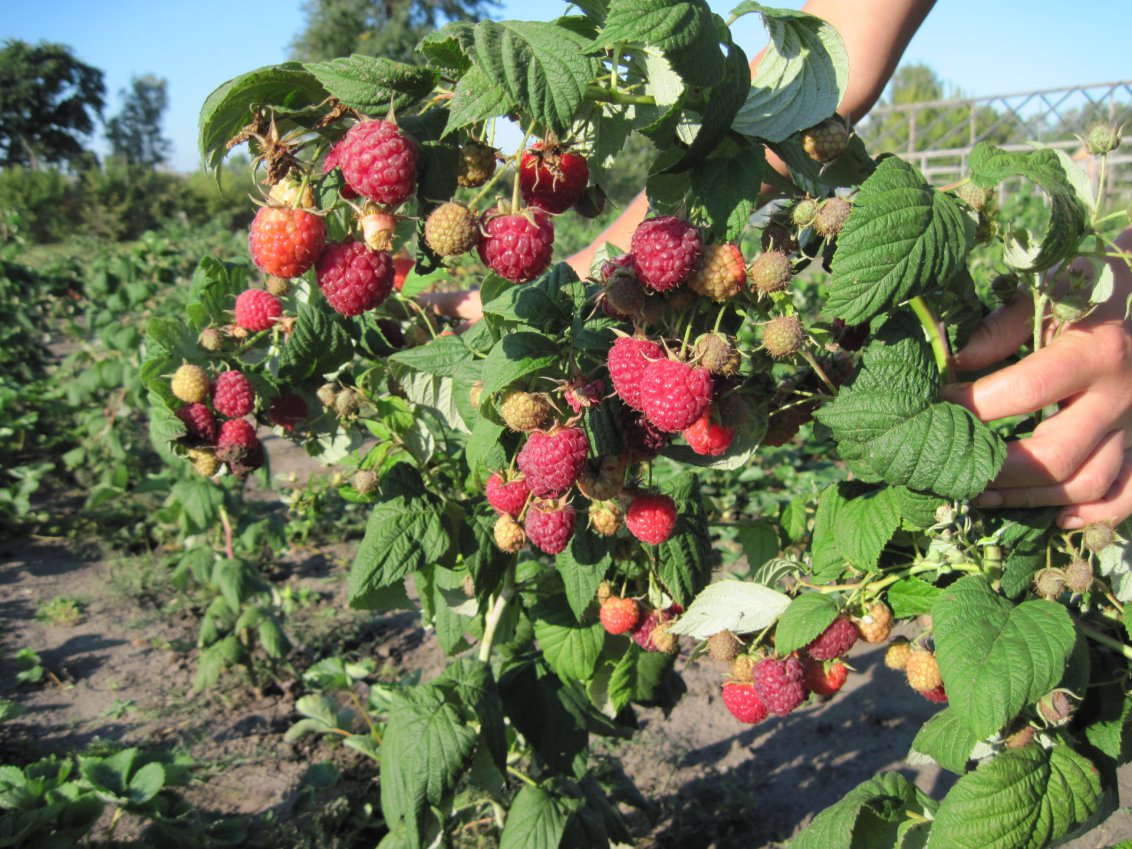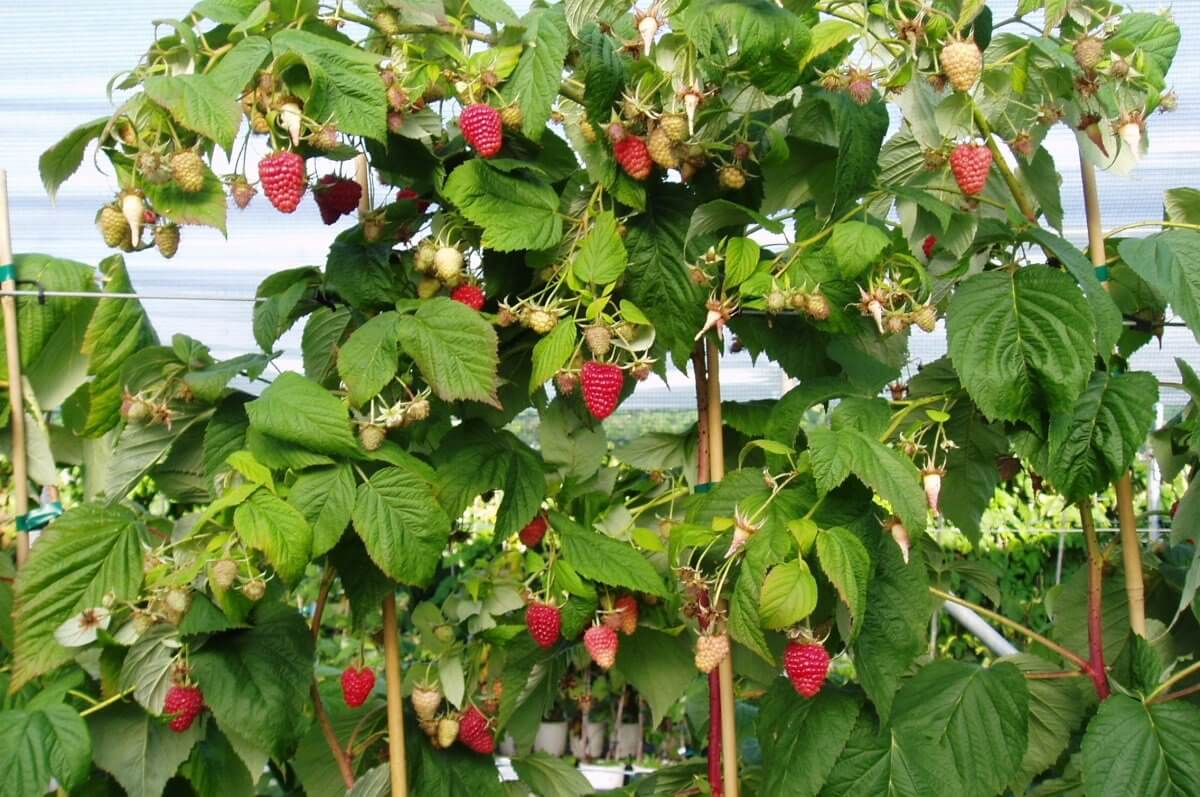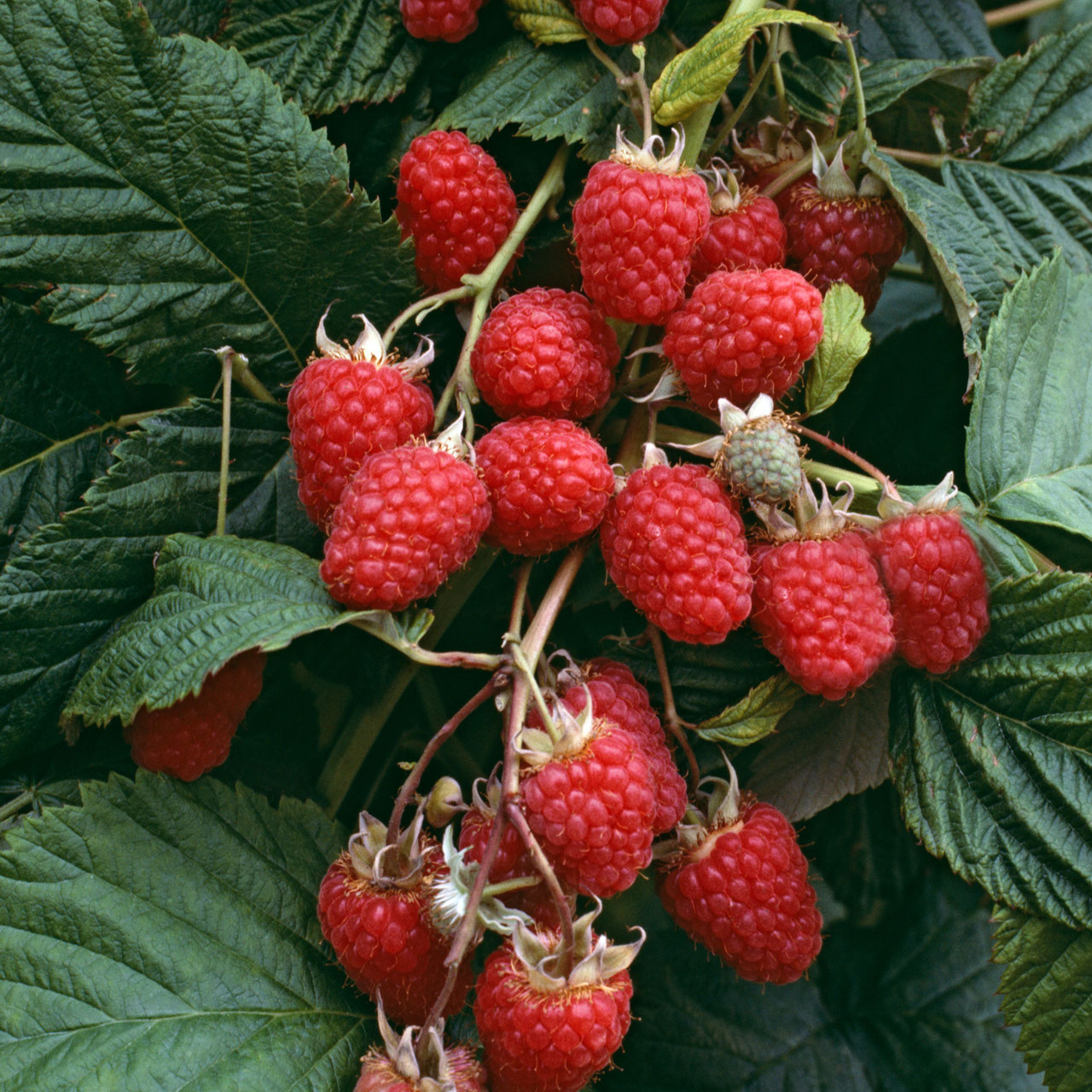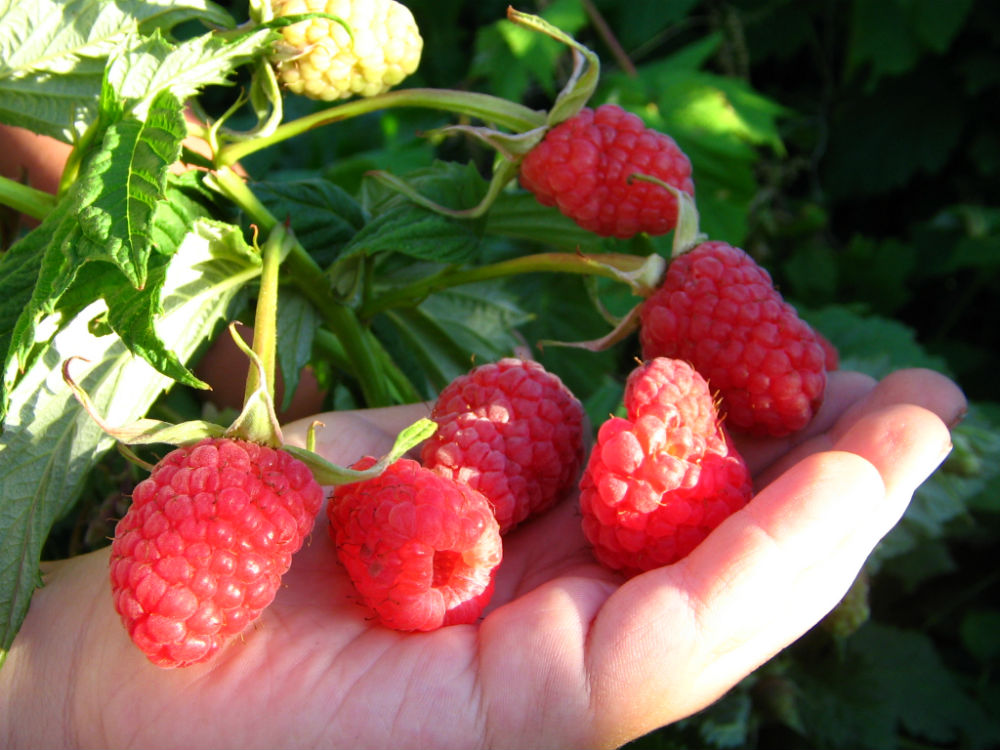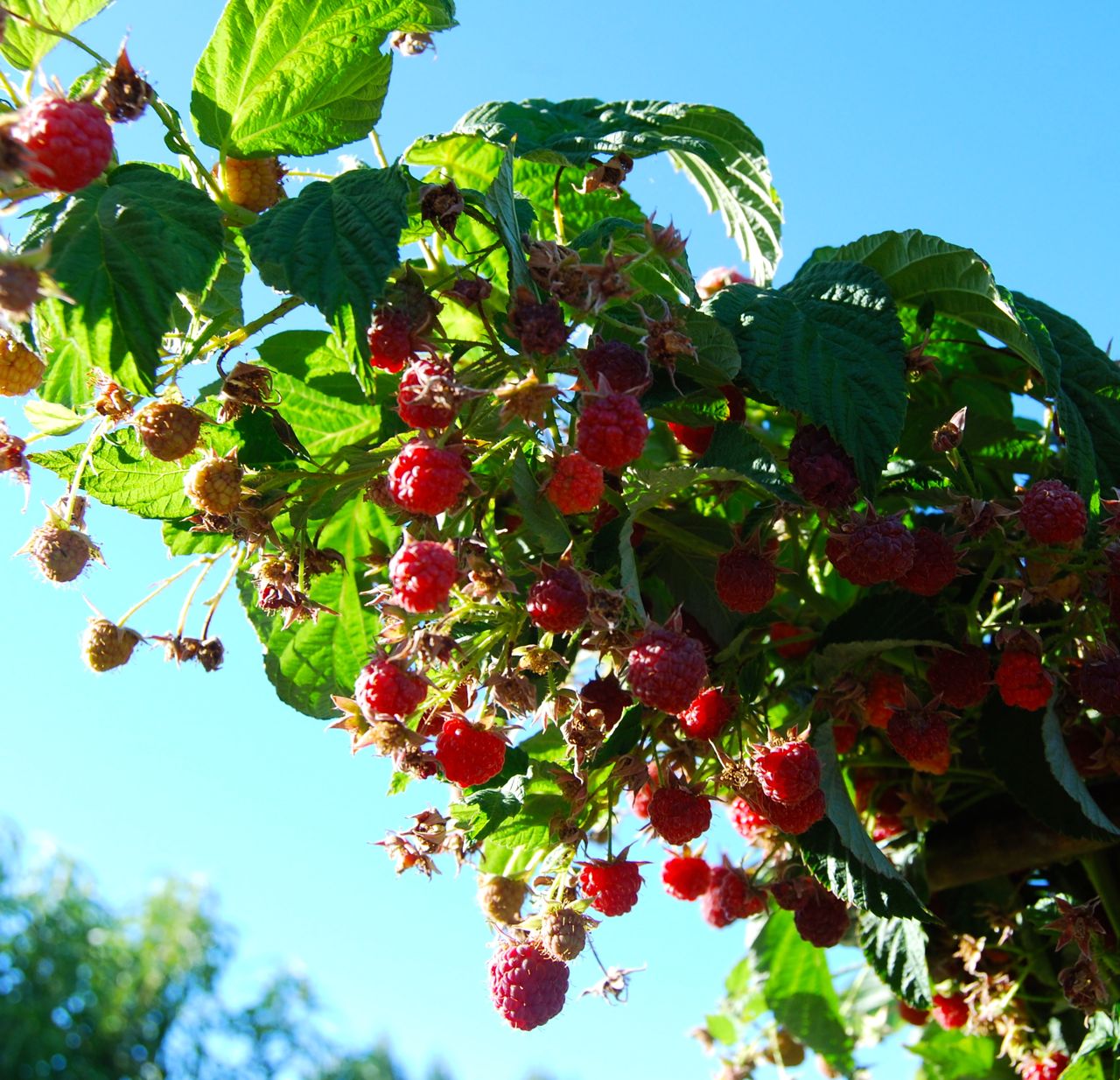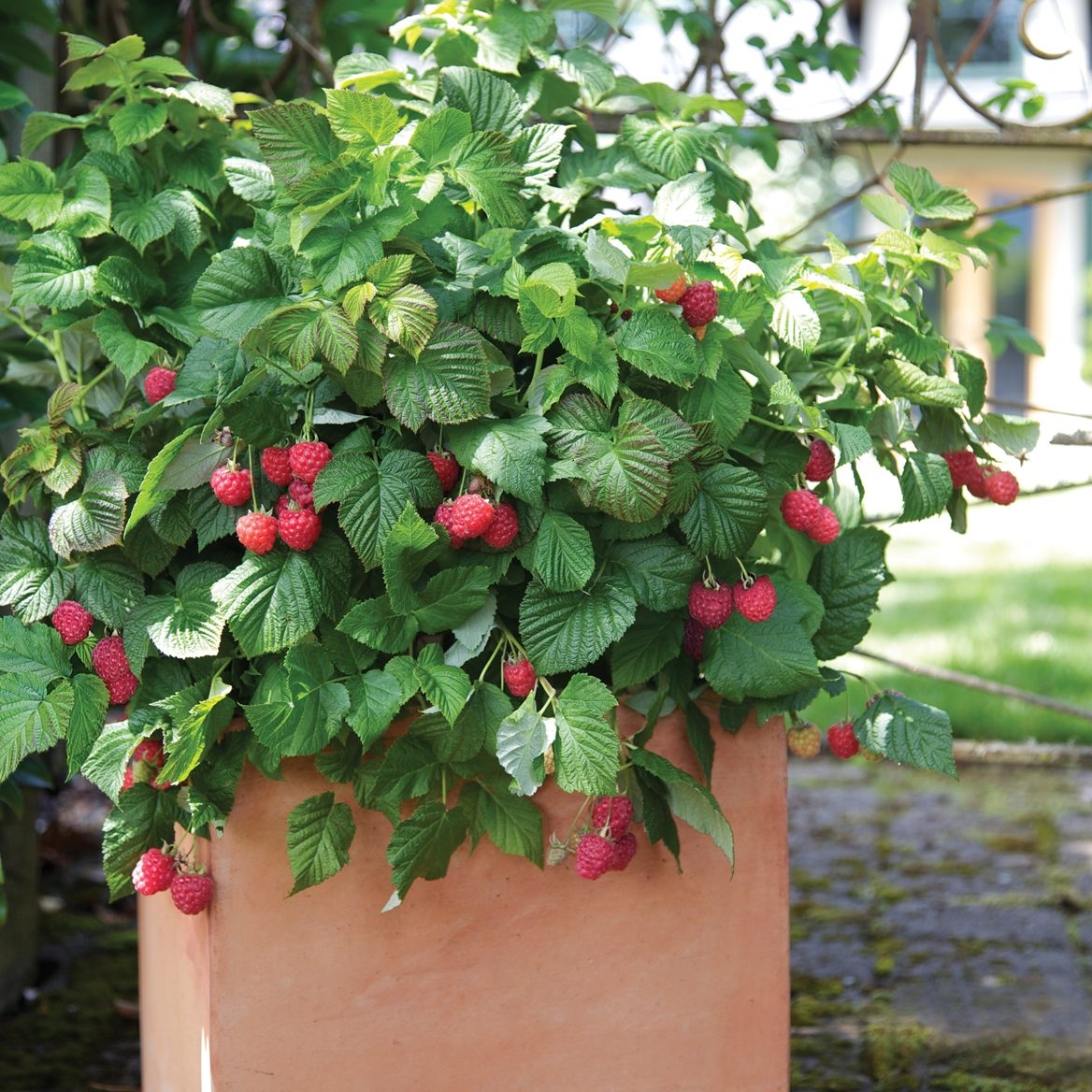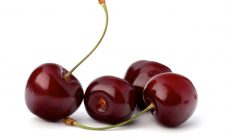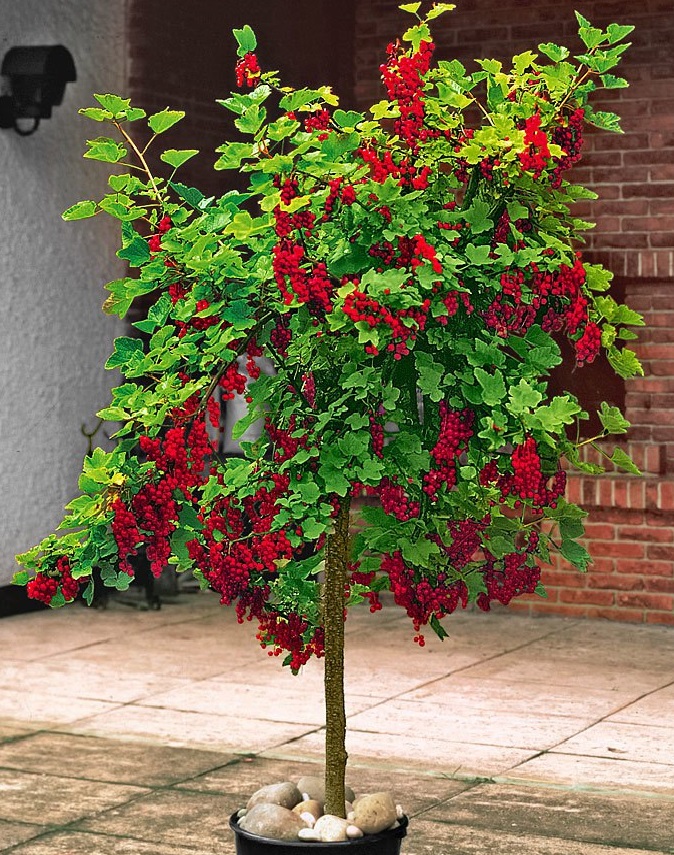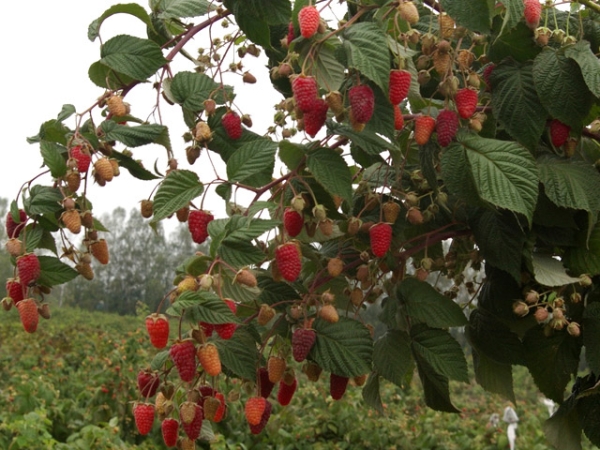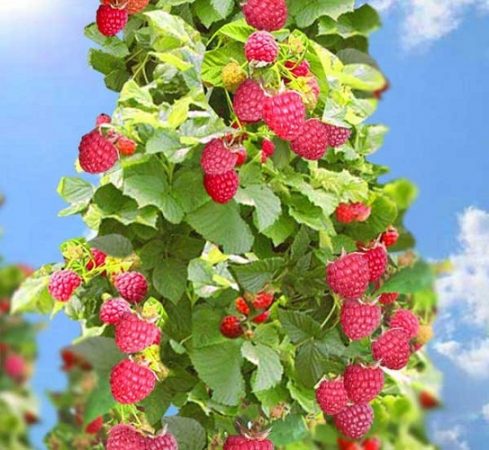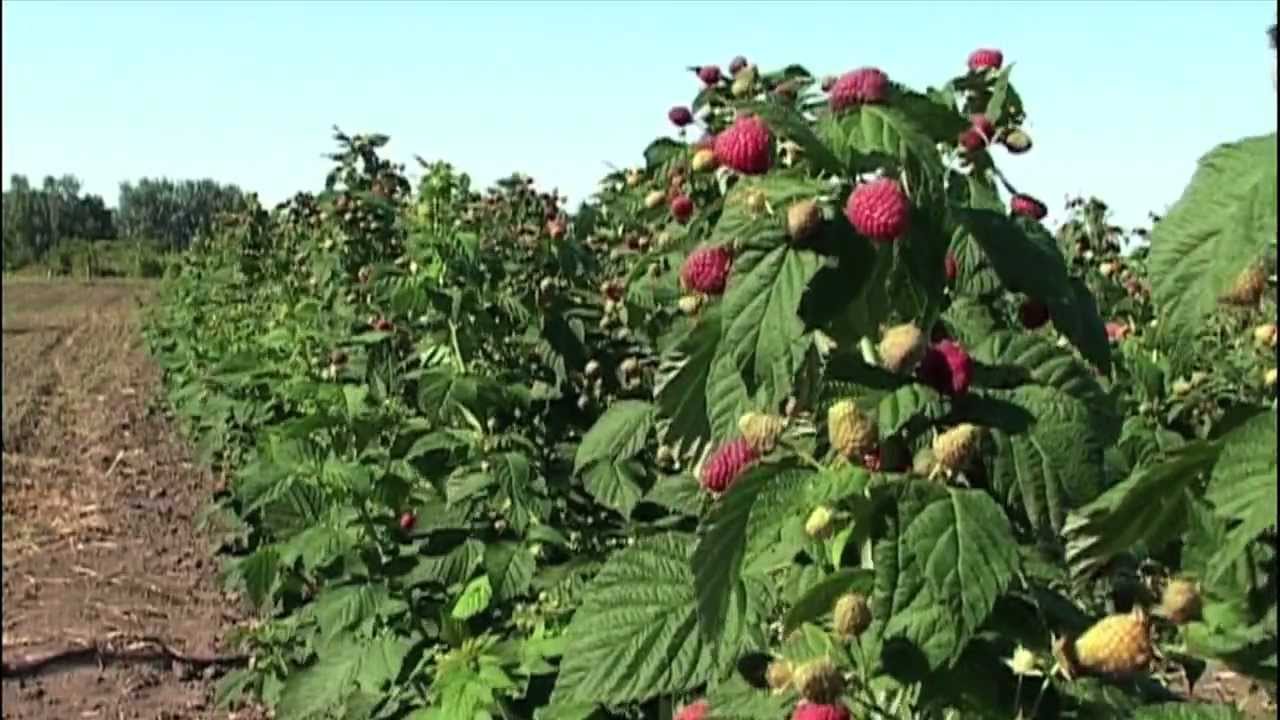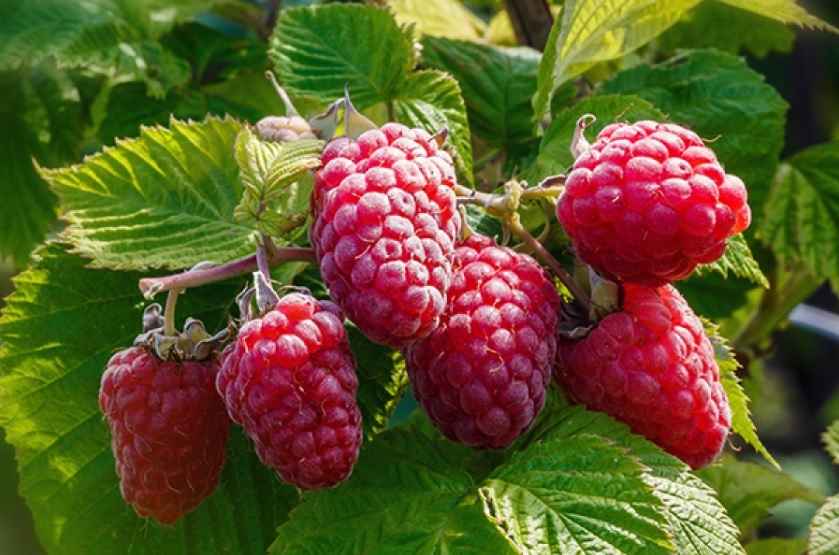Content:
Every owner of at least a small piece of land strives to start healthy and tasty berries in his garden. When it comes to a plant like raspberry, the tree is difficult to imagine. However, modern breeders are ready to satisfy even the most sophisticated needs of gardeners. This cannot be called a full-fledged tree. It would be more correct to say that standard varieties of raspberries were bred, which, as a result of correct molding, turn into something similar to a tree.
History of origin
The raspberry tree is a new generation of plants with a sturdy stem type. The first variety to be classified as this type was Glen Ample, bred in Scotland. We collected 3.5 kg of delicious berries from one bush. Now the work of scientists on the intensive appearance of raspberry bushes continues, remontant varieties have been bred that can bear fruit from the beginning of summer until the beginning of frost.
Domestic breeders began working on the breeding of a raspberry tree several decades ago. The most widespread varieties are Tarusa and Krepysh, which have very similar characteristics.
Standard varieties of Russian selection: Tarusa and Krepysh
The result of the work of domestic scientists was the breeding of several varieties of tree raspberries at once, among which the most widespread were:
- Fairy tale;
- Gold;
- Tarusa;
- Monica;
- Strong guy.
According to experts, it makes no sense to simultaneously cultivate the Krepysh and Tarusa varieties on the same site, since they have very similar characteristics. For those who plan to grow bushes for the purpose of sale, it is better to give preference to Strongman. If the goal of growing is to collect berries, then Tarusa will become the leader.
Tarusa and Krepysh: similarities and differences
One of the advantages of Tarusa is the absence of thorns on the stem. The trunk is brown. Shoots reach a height of 2 meters. The tree-like raspberry of this variety has oblong red fruits weighing about 12 grams each. The aroma is strong enough, classic. The taste is sweet, very pleasant, and the berries themselves are tender.
If you make the right pruning and care, then Tarusa can give 2 harvests of the most useful fruits per season. The description suggests that the fruits tolerate transportation well and are well stored. This allows them to be grown commercially. The roots of the plant do not spread over the site, but go deeper, like a tree. Thanks to the powerful stem, the bushes can be grown without installing additional supports. The variety has a high resistance to major diseases and excellent frost resistance.
The Krepysh variety differs from Tarusa in its massive root system. Thanks to this, plants multiply rapidly. The berries of this variety are distinguished by a higher taste than that of a competitor, but their size is smaller. The yield is also lower. Fruits do not ripen at the same time, therefore Strong Man requires frequent harvesting and increased attention. The transportation of the berries is well tolerated.
Frost resistance of raspberry tree
The description of varieties of tree raspberries suggests that these varieties can withstand a drop in temperature in winter to -30 ° C. However, experienced gardeners in their reviews say that you need to navigate around -25 ° C.
Frost resistance largely depends on the presence of drafts in the area and the thickness of the snow cover.
Planting and leaving
If a novice gardener is seriously interested in a raspberry tree, its planting and care should be mastered from scratch. The skills acquired while working with common varieties will not be entirely appropriate. Planting can be done not only in the autumn, but also in the spring. At the same time, in the spring, the buds should not have time to swell, but in the fall it is worth waiting for the leaves to fall. If planting is carried out during the active growing season, then there is a risk of death of the seedling. The bushes take root well after at least 3 weeks. That is why you should not plant young plants just before the very frosts.
You can reduce the risk of damage by pests or diseases by correctly selecting the previous and neighboring plants. You can not place beds with raspberries in the place where strawberries or nightshade crops previously grew. It is inappropriate to plant tree raspberries where a raspberry tree has already been broken. But next to the apple tree, the shrub will feel great. Moreover, such a neighborhood is beneficial for both cultures.
Finding the right site for growing raspberries is a guarantee of safety and a good harvest. Planting should be carried out only in light and fertile soil with neutral acidity, which is good for air and water. If sandy soils prevail on the site, then peat or clay must be added there before planting. But it is not worth planting a raspberry bush in highly clayey soil, because with heavy rains, its roots can vanish, and the plant will die. Fertile loam is ideal.
Columnar standard raspberry reacts negatively to a lack of light. If during the day the plantings are in a little shade, then the yield decreases markedly, and the berries acquire a sour taste. That is why they choose a sunny place on the site for disembarkation.
Preparatory work with the soil begins to be carried out at least a month before the intended planting. At the rate for each running meter of the site, 2 buckets of cow humus, 2 glasses of wood ash and 150 grams of complex mineral fertilizer are introduced. Each tree is planted in a hole 40x40 cm in size. If you plan to plant a lot of raspberry bushes, then it is advisable to dig a trench under them.
Before planting, the roots of plants are soaked for several hours in a root formation stimulator. The root collar should not be buried more than 2 centimeters. A gap of at least 1 meter is left between the bushes, because the raspberry tree has impressive dimensions. Watering young seedlings is carried out at the rate of 1 bucket of water per bush. The stem is cut at a distance of 30 cm from the ground.
It is advisable to mulch the soil throughout the garden.
Pruning standard raspberries
In order to give the raspberry bush the shape of a tree, formative pruning is carried out in 2 stages. The first step in early summer is pinching the tops of the plants. At the same time, their height should be at least 1.2 meters. This procedure helps to stop growth and the beginning of the formation of lateral branches. By the beginning of autumn, their number on each bush will be about 10 pieces.
In the next season, with the onset of spring, the old stem is removed, and the lateral processes are shortened to half a meter. They can tie and ripen about 20 berries.
Important! If you pinch the main stem late for the first time, then the lateral shoots will not ripen. This is fraught with their subsequent freezing.
Growing features
No cultivated plant on the site can fully exist if it is not looked after. The tree raspberry is no exception. She needs regular irrigation, the soil around the bushes should in no case dry out. The roots are located close to the surface, so the bush reacts painfully to a lack of moisture.
Mulching will help ease the solution to this problem. Mulch is laid in such a layer that it retains moisture well, but at the same time does not interfere with the growth of replacement shoots.
It is not necessary to loosen the soil deeply so as not to injure the surface roots. Weeds are carefully removed, although if the bed is mulched, then they will not be particularly annoying.
Reproduction
With the help of seeds, raspberries can only be grown for breeding purposes. This is justified by the fact that in most cases this method fails to preserve all the characteristics of the mother plant. If you propagate tree-like varieties in this way, then you can lose their main advantage - the standard stem. The most correct way is to separate the root processes. In addition to the fact that all the signs of the mother bush are transmitted to the young bush, the technique also does not require large labor costs. It is enough just to dig up the process and plant it in a new place.
Most nurseries grow tree raspberries specifically for the sale of seedlings. They offer their customers both self-pickup of planting material and retail sale at specialized points. When purchasing raspberries, you need to pay attention that the thickness of the seedling stem is at least 0.8 mm. Plants with roots shorter than 10 cm or poorly developed root lobes should not be taken. The buds on the root collar should not be damaged in any way. You should also carefully examine the planting material for signs of any disease.
There are 2 more ways to propagate tree raspberries: by root cuttings and by dividing the bush. However, they are not always appropriate and are used much less frequently.
Top dressing
If raspberry tree care and cultivation interested you by forcing you to plant a seedling on the site, then you will have to learn how to feed it correctly. Indeed, without this, the hero will not grow out of her, and the harvest will be meager and unprepossessing. To provide the bushes with potassium, up to 450 grams of wood ash is added under each of them. Spring is the ideal time for this.
Nitrogen fertilizers begin to be used during the budding period. It is also good to pamper a raspberry tree with herbal infusion based on stinging nettle during this period. Foliar dressing also has a beneficial effect on the development of bushes and crop formation. To do this, you can use special preparations "Sudarushka" or "Ryazanochka". In August, the application of nitrogen-containing fertilizers is completely stopped. This is necessary so that the raspberries have time to prepare for wintering.
Application of raspberries
Raspberry tree fruits can be applied in the same directions as ordinary ones. They contain in their composition a lot of vitamin C and other trace elements that have a beneficial effect on the human body. The berries make a great jam.
Attention! The fruits of the tree raspberry do not lose their healing properties even after they are heat-treated.
The harvested crop can be frozen or dried. In winter, such preparations will be an excellent component of vitamin tea or compote. Not only fruits, but also leaves and twigs have useful properties. Teas and decoctions are also prepared from them.
A raspberry tree will look great as a decorative element of a garden plot.It looks very aesthetically pleasing, and correct molding can give the plant an unusual shape. Modern landscape designers are already using this technique extensively. On a green background, the fruits, which have a bright red color, attract the enthusiastic glances of not only the owners of the sites, but also their neighbors and guests.
Diseases and pests
As a rule, the varieties of pole raspberries show increased resistance to major diseases and pests.
However, with improper care or abnormal weather conditions, plantings can be affected by:
- raspberry beetle;
- raspberry moth;
- strawberry weevil;
- gall midge.
For the purpose of prevention, in the fall, the beds are carefully dug up, and the plantings are treated with "Confidor" or "Iskra". The fruit-bearing branches are immediately removed so that pest larvae do not winter under their bark.
In order for the raspberry plant not to be affected by fungal diseases, it is recommended to treat it in a timely manner with fungicides containing copper or "Topaz". In general, the raspberry tree, planting and caring for which does not cause much trouble, pleases with a bountiful harvest even at minimal cost.
The raspberry tree produces the same healthy and tasty fruits as regular raspberries. Its main advantage is its high yield and ease of harvesting. Such a plant is also used for decorative purposes, to decorate the site. The variety of varieties allows you to choose raspberries for your needs and taste preferences.
